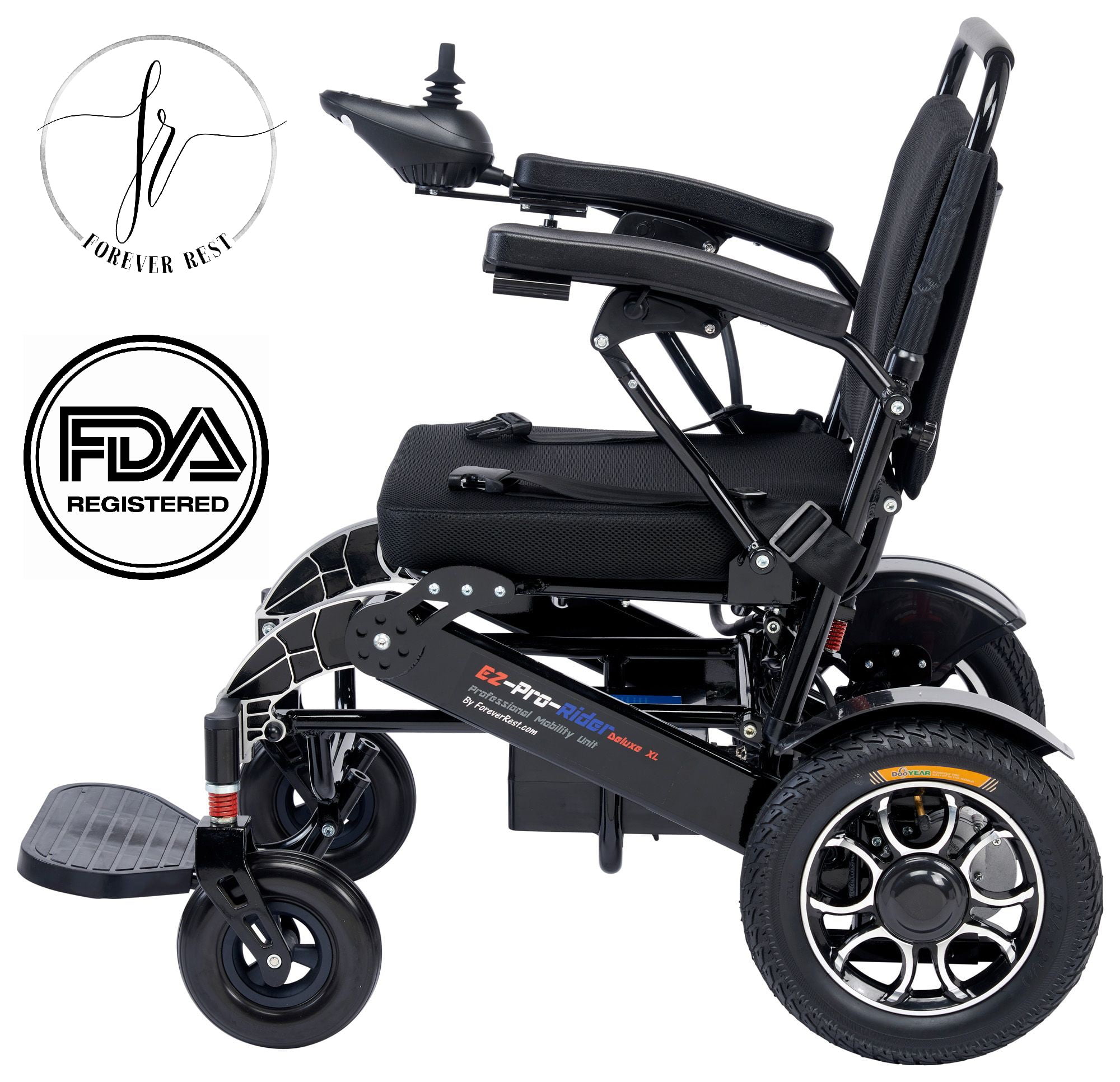

The MTC defended the transition, saying there are challenges in uptake for any new technology. "MTC is saying you have to carry two cards around, that's insane," said Radulovich. Adding to the confusion, Johnson explained, even when Clipper is accepted for parking in December, BART will be required to maintain the EZ Rider website for customers to sign up for Clipper parking, as mandated by federal banking rules that distinguish paying for parking and transit trips, even on the same fare medium.īART director Tom Radulovich said he has complained numerous times to BART and the Metropolitan Transportation Commission (MTC), which administers Clipper, about the inconvenience of the transition to customers. During the transition process, they haven't been able to pay for parking with a Clipper card, a problem that is expected to be remedied by December 1st. Though it seems confusing, the rationale is that many EZ Rider account holders use the cards to pay for parking and for transit trips, according to Johnson.

"Some of these 26,000 HVD auto load Clipper users may also still have an EZ Rider account open." "BART High Value Discount product auto load sign-ups have increased from 5,700 in June to 26,000 in September, an indicator that the Clipper High Value Discount product is gaining in acceptance as a substitute for EZ Rider," writes Dugger. Though there are still 41,000 EZ Rider accounts open, that doesn't mean all of those customers don't also have a Clipper card. "Significant progress has been made on key issues pertaining to the EZ Rider/Clipper transition," Dugger writes, noting that 9,000 EZ Rider customers have already canceled their accounts, presumably in the transition to Clipper. Directors were expected to discuss the progress of the transition at a board meeting today, but that meeting was canceled due to a lack of quorum.

Though originally slated for October 1st, the transition was delayed due to "concerns pertaining to Clipper system features and technical readiness," according to a document prepared by BART general manager Dorothy Dugger for the board of directors. "We've tried and tried to gently encourage them to switch over to Clipper because the deadline is coming." "We are worried what the impact is going to be on our customers," said BART spokesperson Linton Johnson. The deadline to transition to Clipper for the 50,000 BART riders who have used EZ Rider cards for transit trips over the past few years has already been pushed back by more than two months, to mid-December, and now BART is concerned the 41,000 remaining EZ Rider account holders will experience an unpleasant surprise when the system is turned off next month. And 7-day unlimited-ride MetroCards will rise to $34 from the current $33 while 30-day unlimited MetroCards rise to $132 from the current $127.As transit operators across the Bay Area transition to the Clipper card, one of the bigger challenges each faces is communicating the timeline to their most loyal customers, those who buy high value and monthly passes. The MTA is also raising fares on express buses and monthly MetroCards.Įxpress bus fares will rise to $7 from the current $6.75. On August 6, tolls on nine MTA bridges and tunnels will rise an average of 5.5% and as much as 10% for those who don't have E-Z Pass. NYC Transit, LIRR and Metro-North Railroad fares will go up 4%. It is the first fare hike since 2019 and the first increase in the base subway and bus fare since 2015. Subway and bus fares will increase from $2.75 to $2.90 on August 20. NEW YORK CITY (WABC) - The MTA is making key decisions Wednesday that will eventually make it more expensive to travel into and around New York City. Subway and bus fares in New York City will increase from $2.75 to $2.90 after the MTA Board voted to approve the hike Wednesday.


 0 kommentar(er)
0 kommentar(er)
